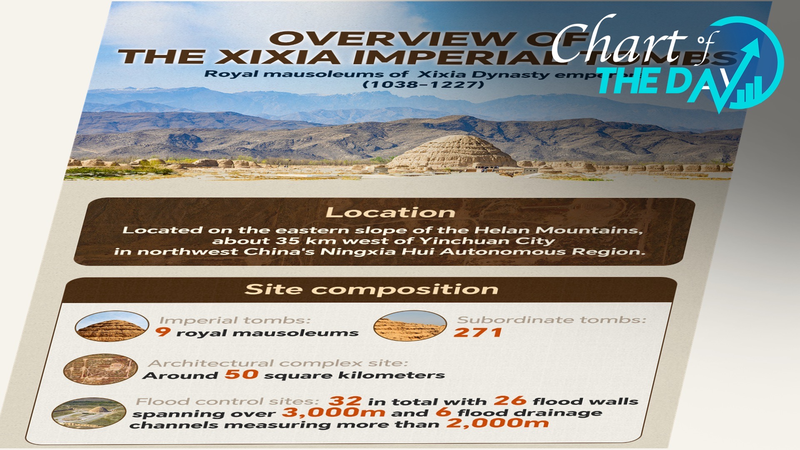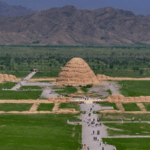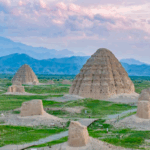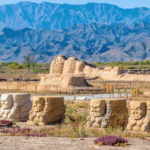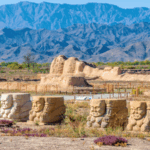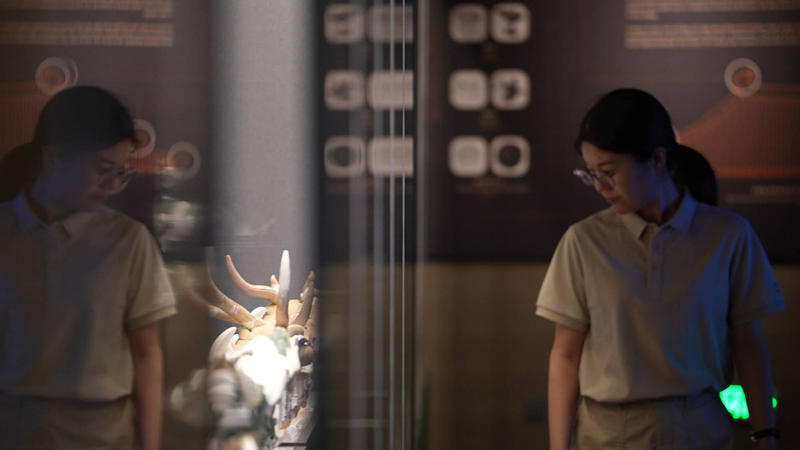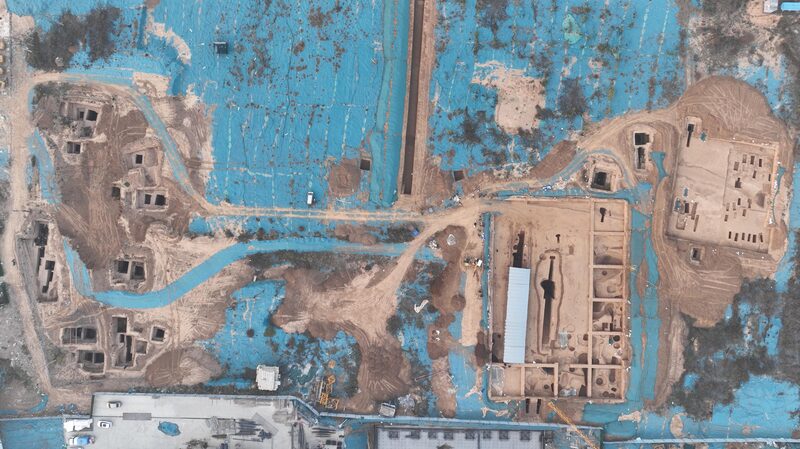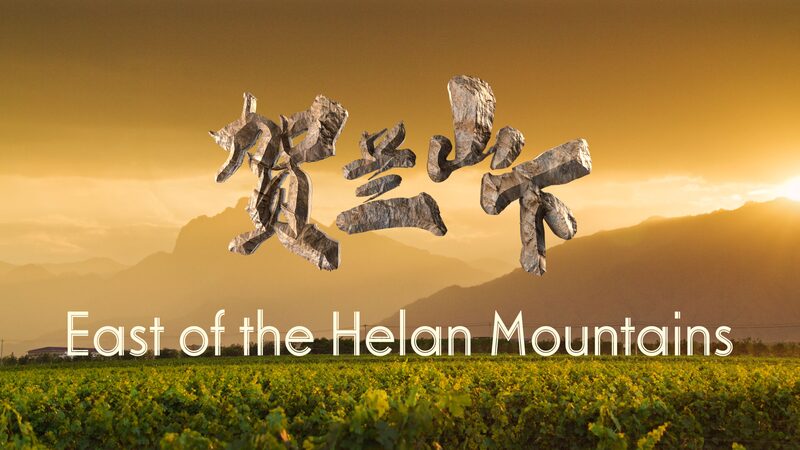The United Nations Educational, Scientific and Cultural Organization (UNESCO) has officially recognized the Xixia Imperial Tombs in northwest China's Ningxia Hui Autonomous Region as a World Heritage Site, marking China's 60th entry on the prestigious list. The decision, announced Thursday, highlights the tombs' exceptional cultural value as the burial grounds of the Western Xia Dynasty (1038–1227), a once-powerful empire along the ancient Silk Road.
Spanning 50 square kilometers near the Helan Mountains, the site features nine imperial mausoleums and over 250 subsidiary tombs showcasing unique architectural blends of Tibetan, Tangut, and Han Chinese influences. UNESCO praised its 'outstanding universal value' in illustrating cultural exchanges across Eurasian civilizations.
Local authorities emphasize this recognition will boost archaeological research and sustainable tourism. 'This honors our efforts to preserve a crucial chapter of China's multicultural history,' said a Ningxia cultural heritage official.
The designation comes as China strengthens cultural preservation initiatives, with 13 new museums planned along the Yellow River basin by 2025. For travelers, the tombs offer a lesser-known alternative to the Terracotta Warriors, featuring intricate earth pyramids and undeciphered Tangut script inscriptions.
Reference(s):
cgtn.com
